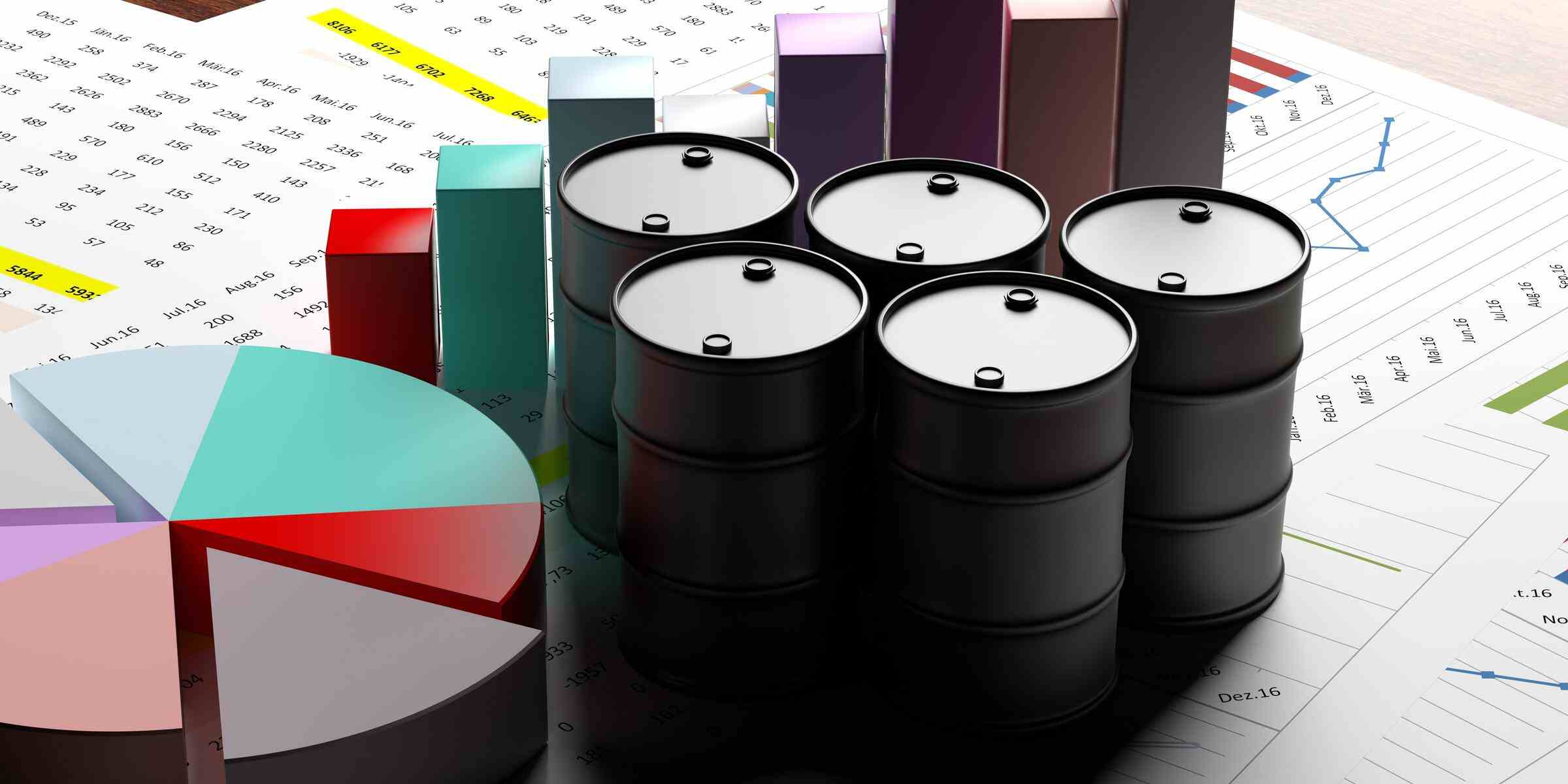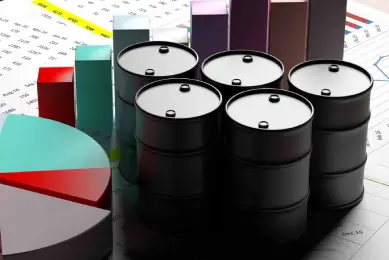Introduction
Traditionally known for its reliance on conventional methods, the oil and gas sector is undergoing a dynamic transformation fueled by digital innovation. Among the technological advancements shaping this transformation, digital analytics is a powerful tool capable of revolutionizing the industry. With the immense volume of data generated within the sector, effectively harnessing digital analytics can yield valuable insights that optimize operations, reduce costs, and enhance decision-making processes.
This comprehensive guide will delve into 10 indispensable tips to integrate seamlessly and leverage digital analytics in the oil and gas sector, paving the way for a more efficient, competitive, and sustainable future.
1. Define Clear Objectives- Before embarking on a journey with digital analytics, it is imperative to establish clear objectives. Whether focusing on optimizing drilling operations, predicting equipment failures, or enhancing supply chain management, well-defined goals lay the foundation for a targeted and effective analytics strategy aligned with overarching business outcomes.
2. Data Collection and Integration- The oil and gas industry generates colossal volumes of data from diverse sources, including sensors, equipment, and operational activities. Maximizing the potential of digital analytics hinges on meticulous data collection and integration. This encompasses structured and unstructured data, such as images, videos, and textual information.
3. Invest in Advanced Analytics Tools- Investing in cutting-edge analytics tools, such as machine learning and artificial intelligence platforms, is a pivotal step toward unlocking the full potential of digital analytics. These tools can uncover hidden patterns, forecast equipment failures, and optimize production processes, leading to heightened operational efficiency.
4. Real-time Monitoring- In a sector where real-time responses to operational issues are paramount, digital analytics offers real-time data analysis capabilities. This empowers swift decision-making, enabling proactive solutions to emergent challenges and enhancing problem-solving.
5. Predictive Maintenance- The application of predictive maintenance represents a paradigm shift in the oil and gas industry. Organizations can predict equipment malfunctions and schedule maintenance before breakdowns by analyzing historical data and employing machine-learning algorithms. This approach minimizes downtime and curtails maintenance costs.
6. Supply Chain Optimization- Digital analytics plays a pivotal role in optimizing supply chains by analyzing data related to inventory levels, transportation, and demand forecasts. This leads to reductions in excess inventory, optimized transportation expenditures, and an overall enhancement of supply chain efficiency.
7. Environmental Impact Assessment- In the era of heightened environmental awareness, the oil and gas sector faces mounting pressure to minimize its ecological footprint. Digital analytics provides tools to assess environmental impact by scrutinizing emissions data, optimizing energy consumption, and identifying areas for sustainable improvement.
8. Risk Management- Given the inherent risks associated with oil and gas operations, effective risk management is paramount. Digital analytics offers a means of analyzing safety data, identifying potential hazards, and developing strategies to mitigate risks, thereby preventing accidents and enhancing operational safety.
9. Operational Efficiency- Enhancing operational efficiency is an ongoing aspiration in the oil and gas sector. Digital analytics facilitates this endeavor by analyzing data encompassing production processes, equipment performance, and workforce productivity. The insights gained through analysis can pinpoint inefficiencies and inform strategies for improvement.
10. Data Security and Privacy- Considering the sensitive nature of data within the sector, safeguarding data security and privacy is paramount. Robust cybersecurity measures should be implemented to thwart breaches, unauthorized access, and potential threats to sensitive data.
Conclusion
The oil and gas sector is at the cusp of a technological renaissance, and digital analytics is at its forefront. By integrating these 10 indispensable tips into their operational strategies, companies in the sector can unlock a new era of efficiency, competitiveness, and sustainability.
From predictive maintenance to risk management and environmental impact assessment, digital analytics offers many opportunities to optimize operations and make informed decisions. As the industry continues to evolve, those embracing the power of digital analytics will be the vanguards of change, leading the oil and gas sector into a promising future defined by data-driven insights and unparalleled success.



